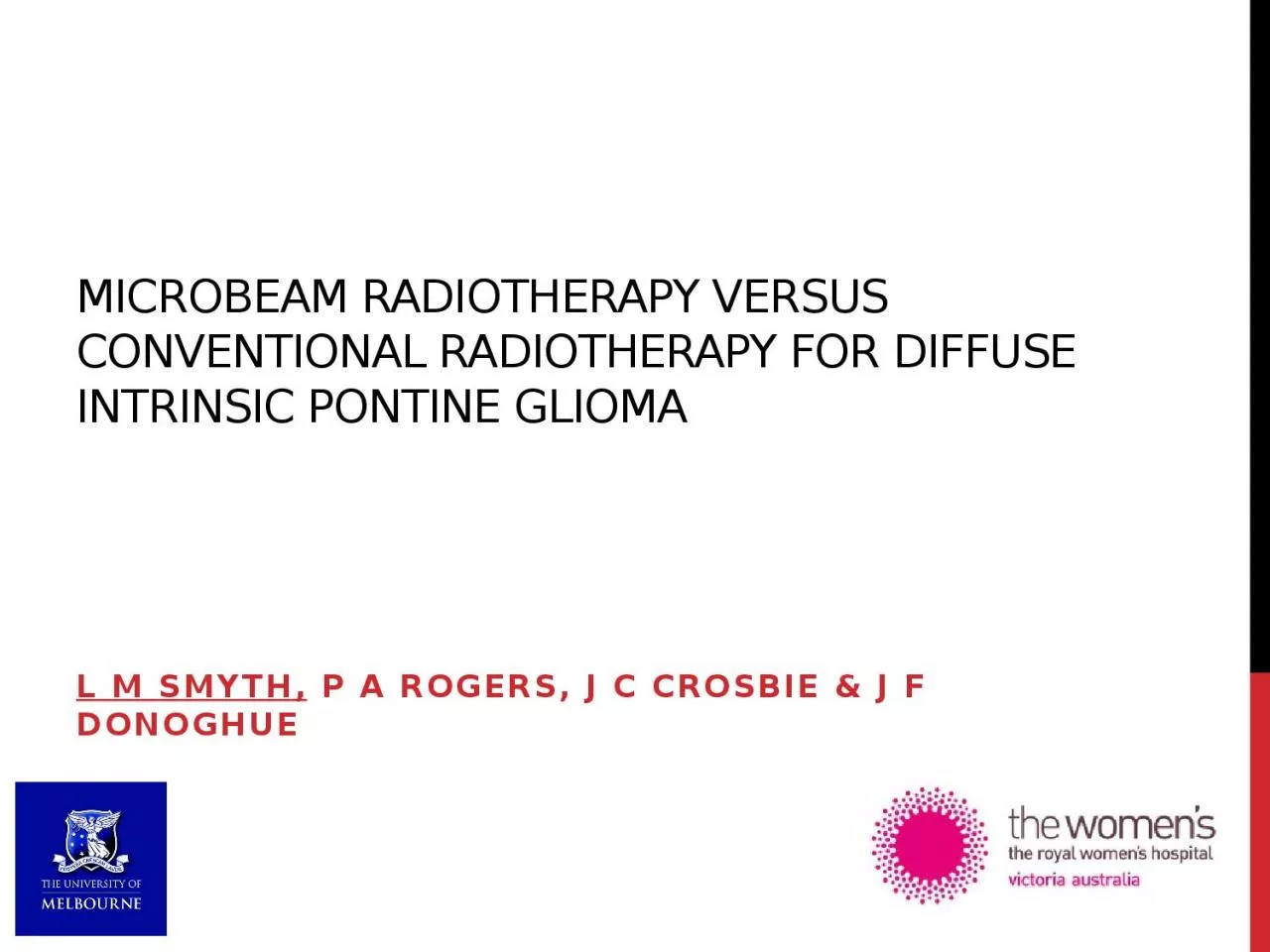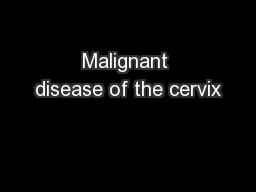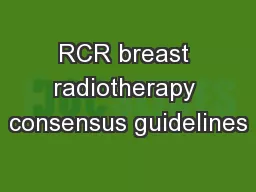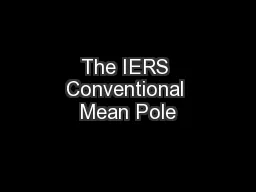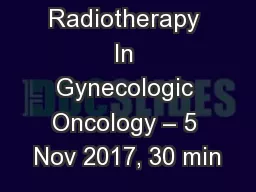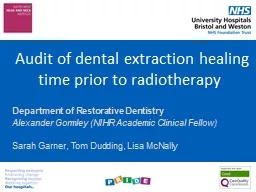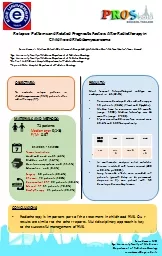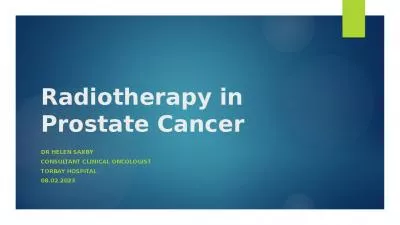PPT-microbeam radiotherapy VERSUS conventional radiotherapy FOR
Author : delcy | Published Date : 2022-06-11
Diffuse Intrinsic Pontine Glioma L M Smyth P A Rogers J C Crosbie amp J F Donoghue Clinical Radiotherapy 50 of cancer patients would benefit from RT RANZCR 2015
Presentation Embed Code
Download Presentation
Download Presentation The PPT/PDF document "microbeam radiotherapy VERSUS conventio..." is the property of its rightful owner. Permission is granted to download and print the materials on this website for personal, non-commercial use only, and to display it on your personal computer provided you do not modify the materials and that you retain all copyright notices contained in the materials. By downloading content from our website, you accept the terms of this agreement.
microbeam radiotherapy VERSUS conventional radiotherapy FOR: Transcript
Download Rules Of Document
"microbeam radiotherapy VERSUS conventional radiotherapy FOR"The content belongs to its owner. You may download and print it for personal use, without modification, and keep all copyright notices. By downloading, you agree to these terms.
Related Documents

